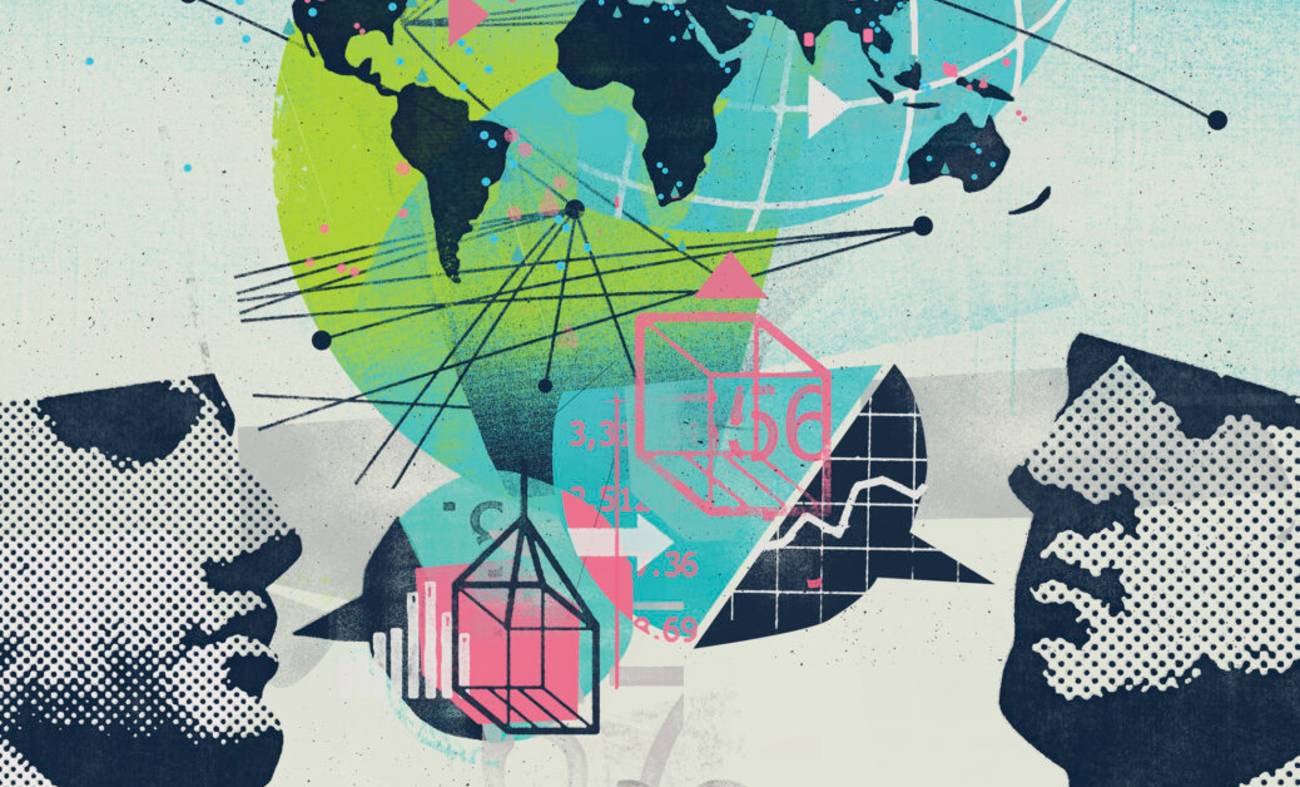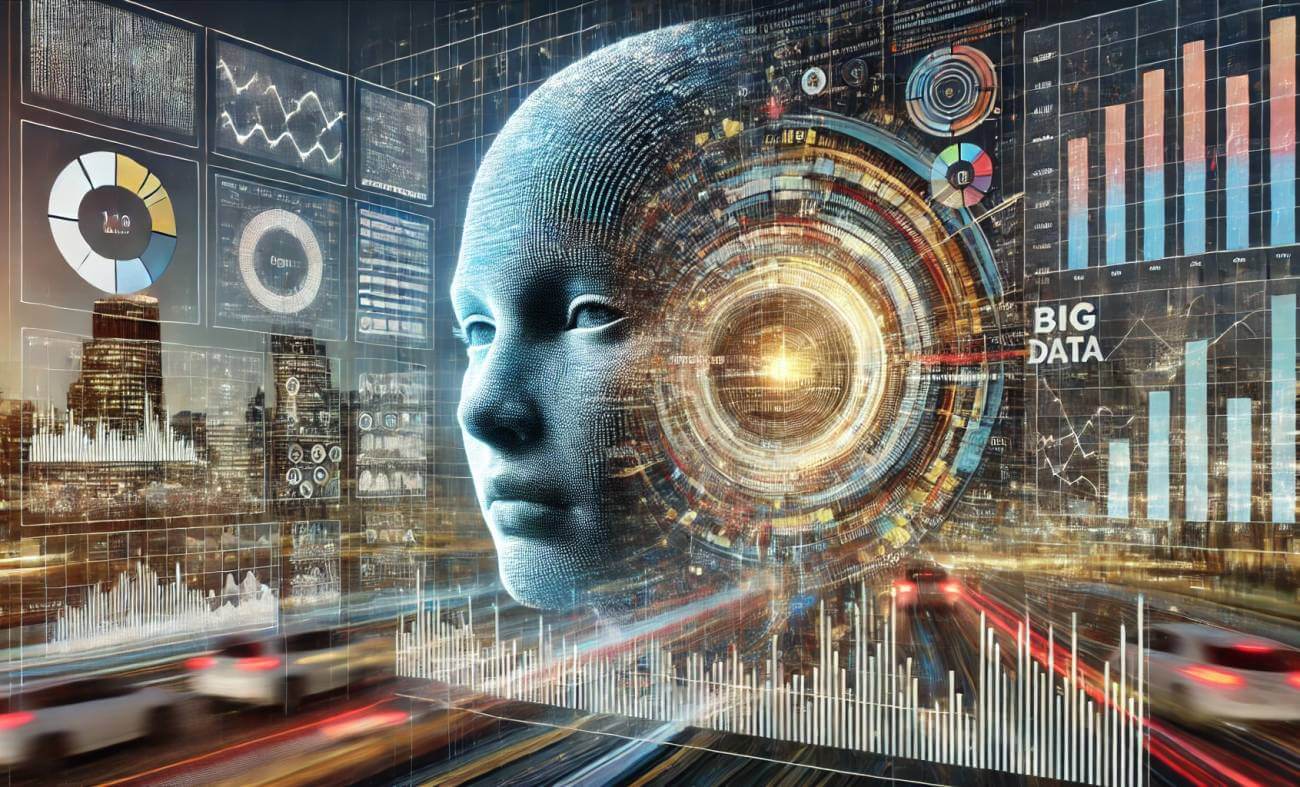
How Big Data Is Reshaping Politics
Winning an election is no longer just about the message — it's about decoding the data.
I n an era where every click, every search, and every reaction on social media leaves a trace, political campaigns are no longer fought solely in public squares or televised debates. Today, the most strategic battleground of an election might lie within a data dashboard.
“Today’s voter is not just a demographic statistic — they are a complex mind leaving digital footprints.”
Market intelligence, traditionally used to understand consumers and guide business decisions, has crossed over into the political arena. Its application allows for audience segmentation, the identification of collective emotions, the analysis of candidate positioning, and, above all, the anticipation of electoral behavior. It’s no longer just about knowing what people want, but why they want it — and how they expect it to be delivered.

At the same time, Big Data has revolutionized how we read and understand the electorate. Billions of data points generated through surveys, digital interactions, public records, and social media are used to build increasingly accurate voter profiles. This opens the door to hyper-segmented campaigns, personalized messaging, and communication strategies tailored to specific niches. The candidate’s message is no longer one-size-fits-all — it is shaped by the algorithm.
“The right message, through the right channel, to the right audience, at the right time — that’s the new rule of the game.”
But the true power of this approach lies not only in collecting data, but in interpreting it with strategic intelligence. The most effective decisions are based on patterns traditional analysis can’t detect. Where are the undecided voters? What issues mobilize those who usually abstain? What proposals generate real engagement? The answers are in the data — waiting to be decoded
“It’s not just about collecting data, but about translating it into strategic decisions with political meaning.”
From local elections to presidential races, we are witnessing how those who understand this new digital-political language gain a competitive advantage. The future of democracy is no longer decided only at the ballot box, but also on the analytics dashboard.
Related Articles
Understanding Emotions with Big Data
How Big Data reveals what consumers really think about your brand through sentiment analysis.

